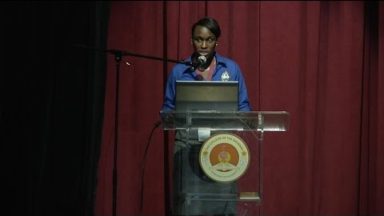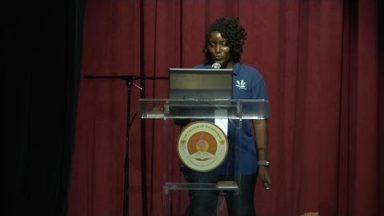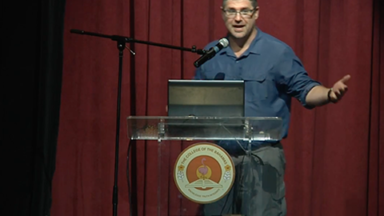An Almost Mythical Species: The West Indian Monk Seal in The Bahamas
Presented by David G. Campbell
David G. Campbell
This paper will present a brief overview of what is known about the archaeological (pre-historic), colonial and 20th Century records of the West Indian monk seal (Monachus tropicalis) in the Bahama Islands and elsewhere in the Caribbean. Columbus made no note of the monk seal in the Bahamas in the journal of his first voyage to the New World in 1492-1493, although he observed “lobos del mar” on the south coast of Hispaniola. Yet by colonial times, the monk seal was so abundant in the Bahamas that it supported a burgeoning artisanal seal-hunting industry. What can account for these disparities? The answer is the fluctuation of the human population in the Bahamas since 1492: the genocide of the Native Americans soon after contact, the abandonment of the islands by humans for nearly 200 years (during which time the monk seal returned to the islands and flourished), and the arrival of the first European settlers and their slaves (resulting in the extinction of the monk seal by the middle 20th Century). The paper concludes with first-hand accounts of monk seals acquired from Bahamians by Dr. David Sergeant, the author and other scientists aboard the barkentine Regina Maris during her two voyages through remote parts of the archipelago in search of monk seals, 1981 and 1982.







Recent Comments